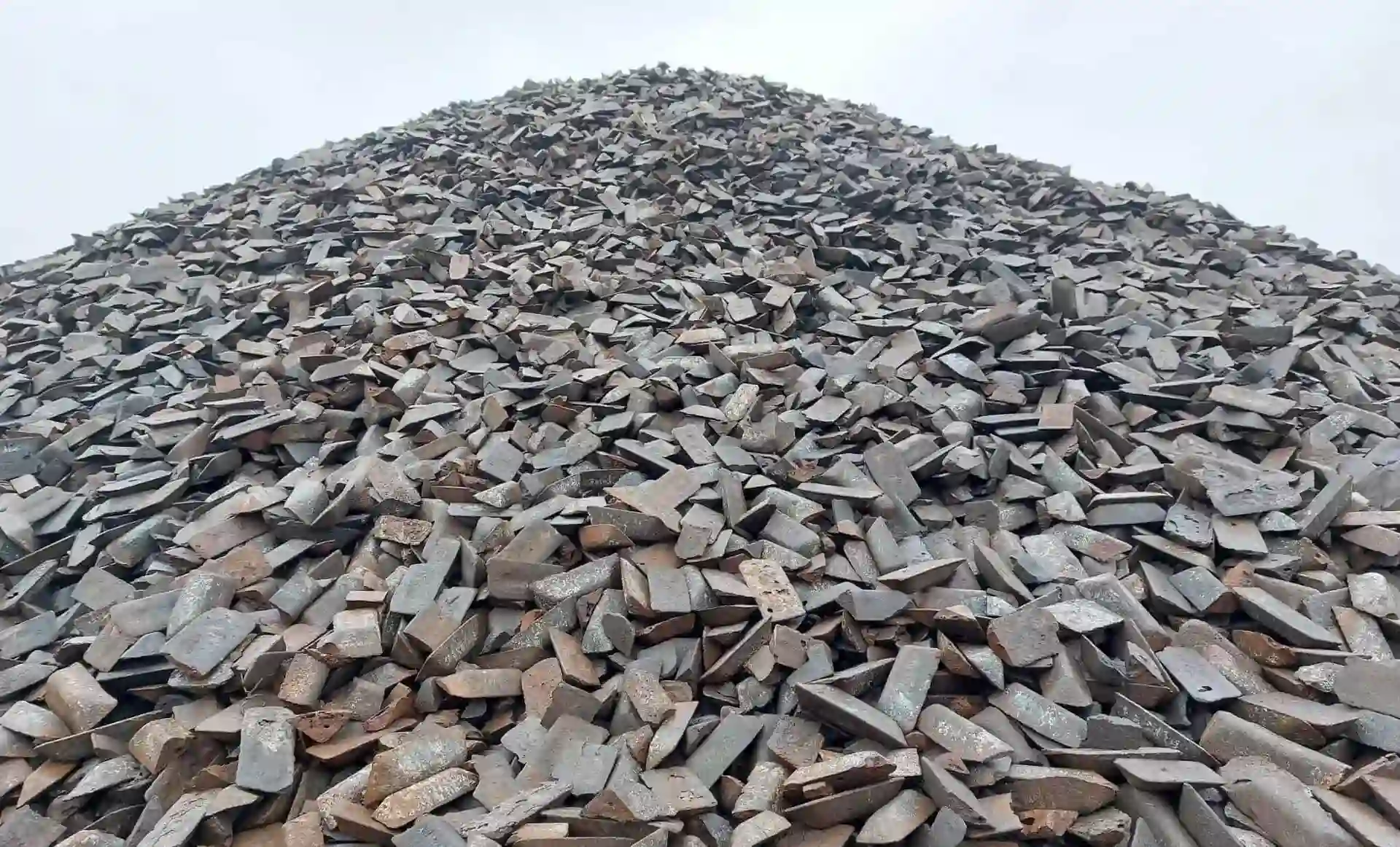Pig Iron is a key ingredient for Steel and Cast Iron when produced via EAF route that’s why there is an increasing interest on the future dynamics of this inputs.
Today the supply of this Metallic is under a large pressure for different reasons, however to understand the current situation we have to start from the origins, back in 2017.
Pig iron is an alloy of Iron (Fe) and Coal (C) in the shape of ingots and the most relevant exporters are Countries with large resources of Iron and Coal such as Russia, Ukraine and Brazil (in this case charcoal is used instead of fossil coal). As a key input in EAF steel production, pig iron is mostly allocated in the USA, EU (particularly Italy) and Turkey.
Traditionally, EU and Turkey have sourced most of their needing in Russia and Ukraine with Brazilian material mainly limited to Northern European Countries.
USA, because of the large the volume required, has always diversified their sourcing among all exporters in Brazil (where USA is the main outlet), Russia and Ukraine.
Therefore, three main markets compete for three main supply sources or from the opposite point of view three main supply sources compete for three main markets. This equilibrium has been more or less stable for years, depending mostly on logistics opportunities, until massive changes started to appear in those areas.
The beginning of our story can be dated between 2017 and 2018 when, import restrictions against EU steel have supported USA domestic steel prices allowing local producers to pay higher prices for their inputs, in particular for Pig Iron of which USA is the largest importer in the World.
This has had different but evident impacts on Brazil, Russia, Ukraine, USA, EU and Turkey.
For Brazilian pig iron exporters, higher prices in the main market (USA) created an extraordinary support also for sales to Northern Europe.
For Russian and Ukrainian exporters, strongly present in EU and Turkey, this has represented a great support to achieve far higher FOB prices compared to scrap and HBI in EU and Turkey.
When we look at end user side, changes were obviously massive as well.
In the USA the number of suppliers from all major sources increased, at a point that some Russian supplier decided to leave EU markets.
Italy and Turkey switched most of their purchasing to Ukraine who became the largest supplier in those areas.

The second act of our story takes place between 2020 and 2021 during COVID pandemic. Commodities price at that time, including Pig Iron, have faced a strong volatility with an initial collapse in price followed by a strong increase trend.
Regarding Pig Iron, during those months of decreasing prices a new actor went on the stage supporting a subsequent increase in prices: China.
China has never been an outlet for Merchant Pig Iron but between 2020 and 2021 this market became extraordinary interesting for all exporters from Brazil, Russia and Ukraine.
In USA, due to the protection of the domestic production this increase has not generated a price disadvantage as mills were mostly able to forward those increases to end products (not having foreign competition).
In EU and Turkey, this created a situation where Pig Iron became much less competitive compared to Scrap and HBI. Particularly in Italy, this has generated a decrease in pig iron consumption and an increase of interest for other metallic sources. A trend that has even increased in the next years.
However, Chinese massive purchase of Pig Iron resulted only in a temporary but noticeable presence so in short time USA came back as the main World outlet for Merchant Pig Iron.
At this point, we get to third act of our story, that take place in 2022 when conflict in Ukraine started. This event has generated massive and probably long lasting changes in pig iron market.
USA with a combination of duties and sanctions have actually banned pig iron import from Russia, that represented the second supply source after Brazil. Doing so, USA steel producers have had to secure their volumes mainly in Brazil causing again an increase of price in that area.
EU banned only imports of pig iron from a specific list of sanctioned producers with the market divided in different sub-markets.
Northern and Central European Countries have adopted a stricter approach against Russian pig iron, while Southern European Countries following EU legislation continued to import from non-sanctioned Russian producers. The imports from Ukraine were drastically reduced because of the low availability.
Albeit with a different effect, in all main importing areas (USA, Turkey, EU) this situation has created a new market structure.
USA founds themselves in a monopsony sourcing market having halted purchases from Russia and not having any more backing from Ukraine.
Italy, could only import from a small panel of Russian suppliers and imports from Ukraine collapsed. That has led to far higher gap against Scrap and HBI so to see consumption of pig iron by many end users decreasing from 20% to 100%, meaning some player has removed pig iron from the shopping list.
Turkey is a different case, mainly a winner against USA and the EU in pig iron sourcing. Import from Russia have not seen any particular ban or tariff barrier. Also, taking into account the favourable position just outside of Black Sea it represented the best option for the small amount of material coming out from Ukraine. So, in this area an increase of availability of pig iron and in the competitiveness of pig iron against other metallic created a strong support for local steel and cast iron producers.

So, we arrived to the forth act of our story.
In 2024 EU introduces a system of quotas for the import of Russian pig iron from non-sanctioned producers. It is another massive change for the industry.
First, market participants have a certain lack of knowledge on how to work and plan their pig iron trading with a quota system.
Second, this quota system can be seen as a way for European Union to gradually ban Russian Pig Iron.
If we look at quotas, for 2024 EU will be allowed to import a maximum tonnage of 1.140.000 which is slightly less than the volume usually required.
In 2025, this volume will be decreased by 50% putting the industry under bigger pressure and in 2026 imports will be banned.
But, when we look at 2024, then we have also the fifth act of our story. EU has indeed introduced CBAM regulation. Under this new set of norms, importers must declare the amount of CO2 emitted per metric ton of pig iron and buy the equivalent amount of Carbon Credit.
It is estimated that CBAM will create and additional increase of 100 to 200 USD per ton starting from 2026. This will have a huge impact on Pig Iron industry as the only producers who are able to produces low or zero emission pig iron are based in Brazil (charcoal based production).
At the end of this short story some important questions remain valid for the industry:
In the first five months of 2024, EU has imported averagely 100.000t tons of Pig Iron per month from Russia.
– Will 2024 allowed volume be enough of EU consumption?
– Will we see a rush to purchase by the end of this year?
In 2025, quotas will allow the imports of around 700.000t of pig iron from Russia. Considering the first 5 months in 2024, we can expect 2025 quotas to be ended before summer.
– How will this impact on price from end of 2024 to June 2025?
In 2026, the EU won’t allow any import of Russian pig iron according current set of norms.
– How will this impact on market?
– Will all players move to Brazilian pig iron?
– Will Brazil have enough production to supply two additional markets?
– Some market participant hope for a renewal of quotas, will this really happen?
In 2026, CBAM will start producing real effect on imports.
Russian and other blast furnace productions around the World emit almost 2 ton of CO2 per metric ton of pig iron, which will result in a massive tax to be paid (100-200 USD per ton).
– what will happen to markets when CBAM will start adding CO2 costs?
– Will this persuade customers to move to Brazil even in the presence of quotas for Russian material?
– Will Brazilian producers be able to supply EU and Turkey together with USA?
– What would be the impact on the price?
– What would be the gap between charcoal based pig iron and coal based pig iron?
– Some market participant hope for changes in CBAM rules or even wishing it can be postponed by one year. Will this really happen?
At the end of this story, we remain with many doubts and so many question remains without a precise answer.
But, we can surly state that whoever has been involved in pig iron trading since 2017 has had the opportunity to work in an extreme “dynamic” market and things are not going to change any soon.


